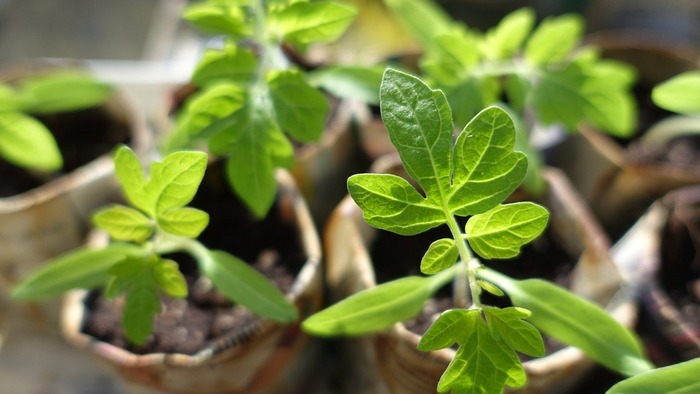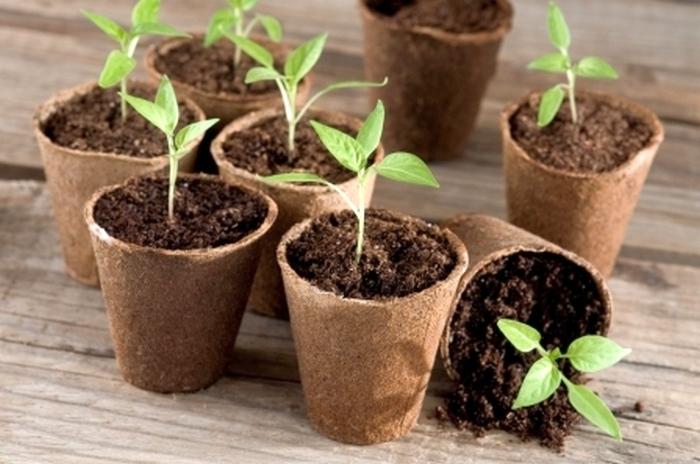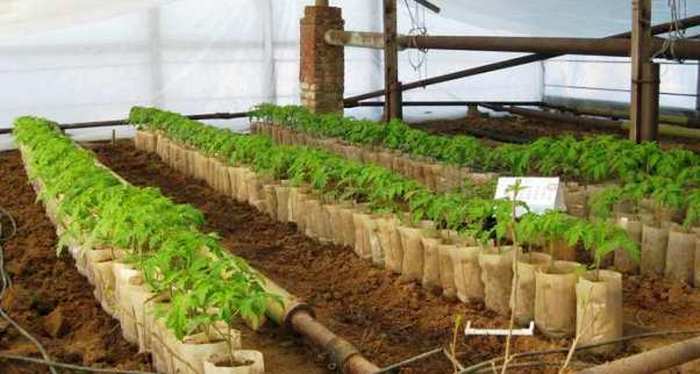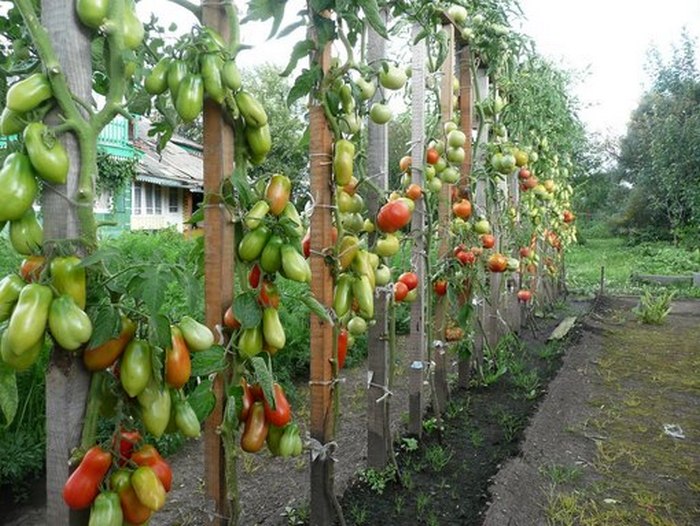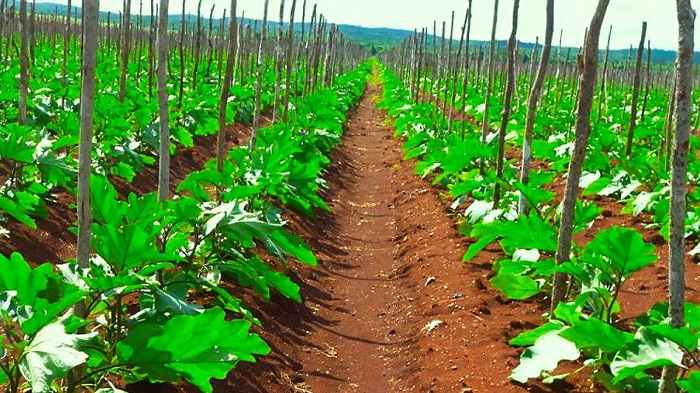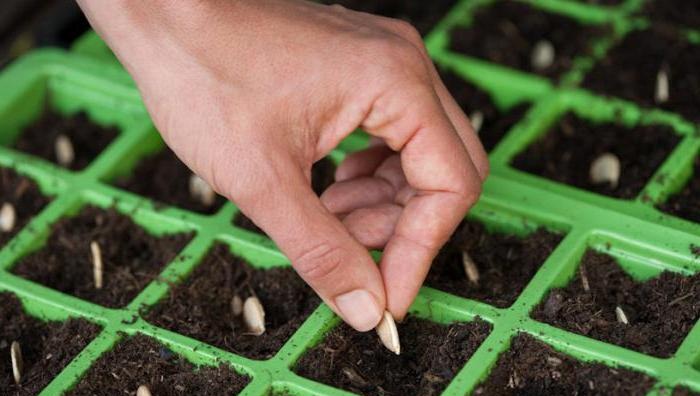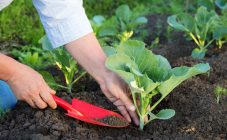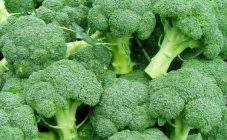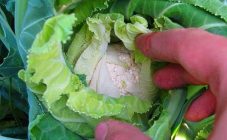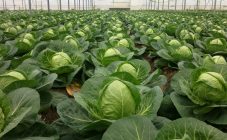Content:
The key to a good tomato crop is strong and healthy seedlings. In the process of growing it, you need to make every effort and attention, since tomatoes need special cultivation conditions. Temperature conditions, sufficient lighting, proper humidity - all these points must be observed to grow strong seedlings. Fertilization is required during the period of sprout development, and before planting the crop in open soil, it must be subjected to a hardening procedure.
Seedling care recommendations
When sowing planting material for growing tomato seedlings, you need to be guided by the timing, which is calculated by the ripening period of certain varieties. The time range from sowing the seeds to the moment when the seedlings begin to bear fruit, the manufacturer is always indicated on the packaging.
Seeds of tomatoes intended for long-term cultivation are sown for seedlings in the second half of February. In the process of calculating the sowing time, one should not neglect the climatic features of the area where the crop will be grown, and the cultivation conditions (in the open field or greenhouse). Seedlings, which will be planted in the ground, should not be overgrown, only in this way the plants are able to get used to new conditions. The planting time of the seeds should be clearly defined.
To grow seedlings, you need to take planting material, which the manufacturer has previously treated with a special disinfectant. The seeds should be viable and strong, under this condition, accelerated germination, uniform growth and fruiting can be achieved.
Before planting seedlings in the ground, you need to loosen and fertilize the soil with nutrients. If you do not have enough time or desire to do this, you can buy land in the store or cook it yourself. To do this, you need to take some peat and humus and mix with garden soil.
Different containers can be used to grow tomato seedlings. The only difference is in the further cultivation process.
The ideal planting container is peat cups. They are not inferior in size to their plastic counterparts. When planting plants in the ground, the glasses are immersed in the soil, while the roots are not removed, this prevents stress for the seedlings. The disadvantage of this method is the high cost of such pots.
For sowing tomato seeds, you can take solid large containers, but the distance during planting should not exceed 2 cm.As soon as the first two leaves appear, the culture dives into separate large pots, each one should not have more than 2 sprouts.
To simplify the process, you can initially use separate plastic containers. The size of the plastic bags or glass separately should not exceed 10 cm, the optimum depth is 15 cm. The bottom must be equipped with drainage holes. With this planting method, it is not necessary to plant tomatoes in between, but diving into the ground involves removing the root system from the container, and this slows down the development and growth of tomatoes.
Pots with planting material are watered and placed in a dark place with room temperature. After a week, you can observe the first shoots, which must be provided with top dressing, watering and abundant lighting.
Experienced gardeners additionally use fluorescent fluorescent lamps, since seedlings will grow very slowly under natural light.
To install containers with seeds, you need to choose the window sills located on the south side of the house.
Compliance with the temperature regime is extremely important during the period of growing tomato sprouts. The initial stage of development of tomatoes requires a special temperature regime, at least 25 degrees Celsius. These conditions favor the rapid growth of young plants. After 14 days, the germinated seedlings of the culture are moved to a room in which the thermometer mark does not exceed +20 degrees. The temperature at night should not be higher than +18 degrees.
The window in the room can be opened or closed, thereby adjusting the value of the thermometer, but drafts are strictly prohibited, since the rapid air currents harm the health of the crop during germination.
Top dressing and hardening of seedlings
When feeding tomatoes, a certain schedule is observed, which is developed taking into account the characteristics of the land in which young plants grow, as well as the characteristics of each variety.
- For the first time feeding tomato seedlings is done after the formation of the first leaf. For this, a fertilizer containing phosphorus, magnesium, potassium and polycarbonate is selected. Agricola can be used as such.
- The second feeding should be carried out after the third true leaf appears. Complex fertilizers of potassium, nitrogen and magnesium nourish tomatoes and help to activate their development.
- Third feeding, as well as the following approaches after it, are carried out with an interval of 14 days. Experts recommend using substances that contain nitrogen, for example, nitroammophos. The drug is dissolved in the proportion: 1 tablespoon to 5 liters of water.
14 days before the expected time of planting seedlings in open soil, you need to start hardening the plants, adapting them to a permanent place of development. Planting pots are taken out into the garden for a couple of minutes, after which the time gradually increases, and the seedlings are increasingly exposed to direct sunlight. This procedure prepares tomatoes for planting in open ground. If hardening is not carried out during plant growth, severe sunburn is possible after planting.
Picking and common diseases
It is necessary to plant plants in the ground only after the seedlings reach 30 cm in height and if there are 8 leaves on the sprouts. The landing site must be protected from the wind and well lit by the sun's rays.
For planting, you need to choose a nutritious and loose soil, with a soil composition similar to that in which the seeds were grown. Before diving for plants, holes are made, the size of which should resemble containers with sprouted shoots. The wells are watered, and the tomato root system is carefully removed while preserving the earthen coma. As for tall tomatoes, they are placed in a hole at a sufficient depth with a horizontal slope.
The pits with the culture are covered with earth, and then slightly moistened. If necessary, you can take pegs and tie tall tomatoes to them.
The unhealthy state of culture can be determined by the following criteria:
- tomato leaves become wrinkled and lethargic;
- the excess content of nitrogen minerals in the fertilizer leads to twisting of young leaves;
- the lower leaves of the plant turn yellow and fall off if the seedlings lack fertilizer containing nitrogen.
Subject to all of the above rules, each farmer will be able to grow strong and healthy seedlings. A clear growing sequence will result in strong plants that can take root in open soil and produce tasty and juicy fruits. Every gardener should know how to care for tomato seedlings, because it is high-quality seedlings that are the key to good crop yields. The resulting vegetables are used to prepare home preserves for the winter, such as tomato juice, or delicious salads that will appeal to all households.
